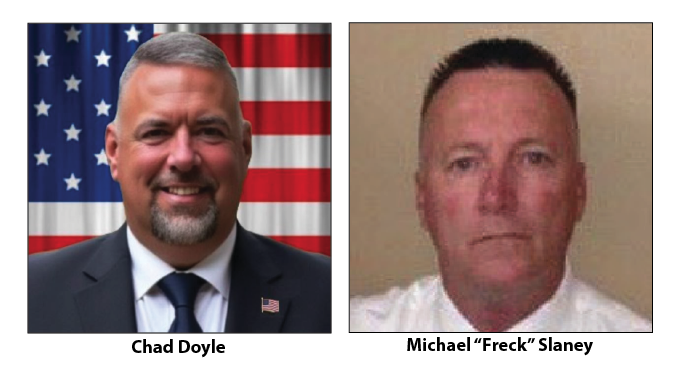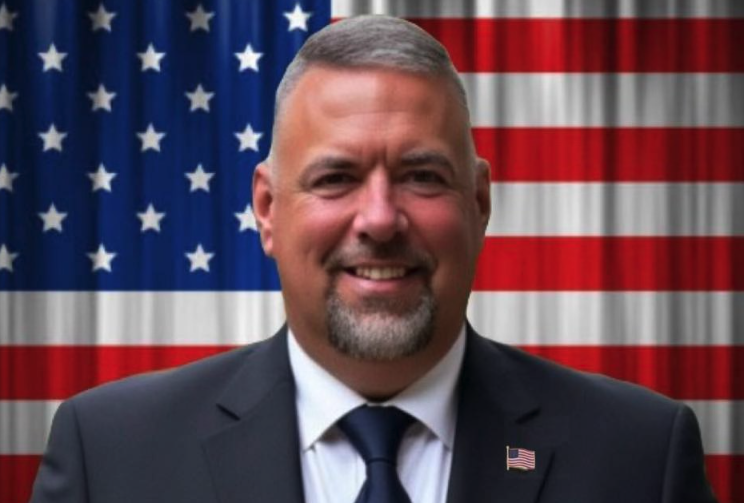Sulphur property meets FEMA requirements
Published 6:00 am Sunday, February 12, 2017
I understand that everything south of Interstate 10 — and I’m talking about La. 27 in the Sulphur area — is supposed to be in a flood zone.
Recently the city took in some property in this area and declared it’s not a flood zone so they can build houses on the ground and not have to elevate them or nothing else.
So how can that be not a flood zone but everybody else is in a flood zone?
Trending
All property in Calcasieu Parish sits within a flood zone, and the owner of the property referred to — Belle Savanne subdivision Phase IA — received FEMA permission to change the flood map classification for the land, said Sulphur Mayor Chris Duncan.
In a letter to the city the Federal Emergency Management Agency says the land, with a built-up, 11-foot lot elevation, meets the requirements to be excluded from the Special Flood Hazard Area on the Nation Flood Insurance Program map.
“The minimum NFIP criteria for removal of the subject area based on fill have been met for this request and the community in which the property is located has certified that the area and any subsequent structure(s) built on the filled area are reasonably safe from flooding. …,” reads the letter.
“Although the minimum NFIP standards no longer apply to this area, some communities may have floodplain management regulations that are more restrictive and may continue to enforce some or all of their requirements in areas outside Special Flood Hazard Area.”
Duncan said Sulphur’s building codes allow developers to build at 11 feet, which FEMA considers the base flood elevation.
Designations
Trending
Flood zone designations, according to a FEMA guide to the NFIP:
Low- to moderate-risk areas
Zones B, C and X — “Areas of moderate or minimal hazard from the principal source of flood in the area. … Flood insurance is available in participating communities but is not required by regulation in these zones.”
High-risk areas (insurance required)
Zones A, AE and A1-30 — “Areas subject to inundation by the 1-percent-annual-chance flood event.”
Zone AH — “Areas subject to inundation by 1-percent-annual-chance shallow flooding (usually areas of ponding) where average depths are 1-3 feet.”
Zone AO — “Areas subject to inundation by 1-percent-annual-chance shallow flooding (usually sheet flow on sloping terrain) where average depths are 1-3 feet.”
Zone AR — “Areas that result from the decertification of a previously accredited flood protection system that is determined to be in the process of being restored to provide base flood protection.”
Zone A99 — “Areas subject to inundation by the 1-percent-annual-chance flood event, but which will ultimately be protected upon completion of an under-construction Federal flood protection system.”
High-risk coastal areas
Zones V, VE and V1-30 — “Primary frontal dunes and areas along coasts subject to inundation by the 1-percent-annual-chance flood event with additional hazards associated with storm-induced waves. … Mandatory flood insurance purchase requirements apply.”
Undetermined risk areas
Zone D — “Unstudied areas where flood hazards are undetermined, but flooding is possible. No mandatory flood insurance purchase requirements apply, but coverage is available in participating communities.”
l
Online: https://msc.fema.gov.
l
The Informer answers questions from readers each Sunday, Monday and Wednesday. It is researched and written by Andrew Perzo, an American Press staff writer. To ask a question, call 494-4098 and leave voice mail, or email informer@americanpress.com.





